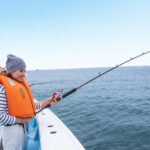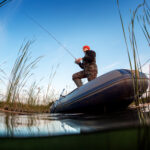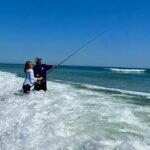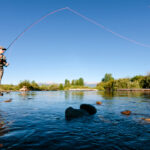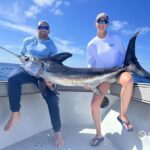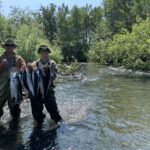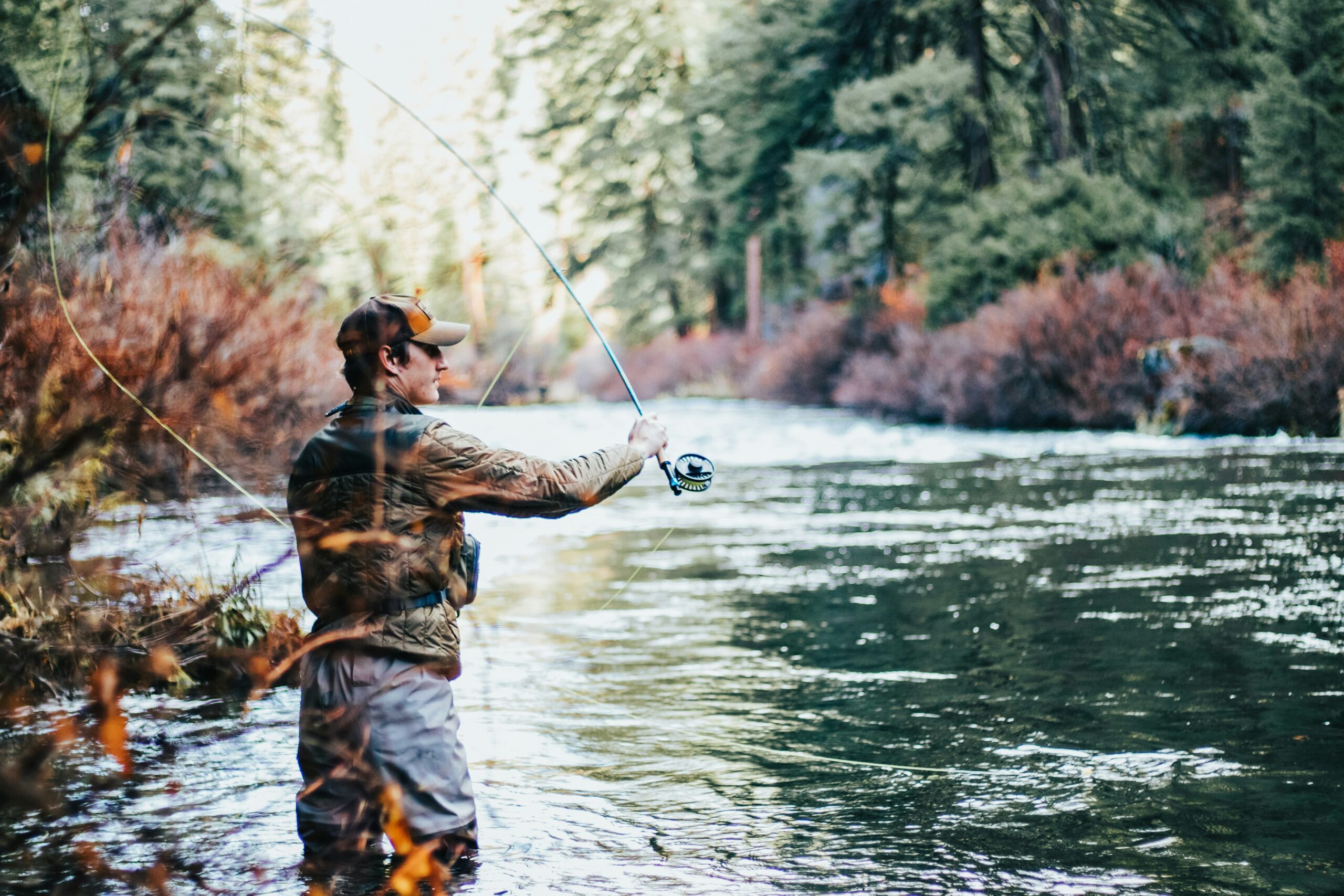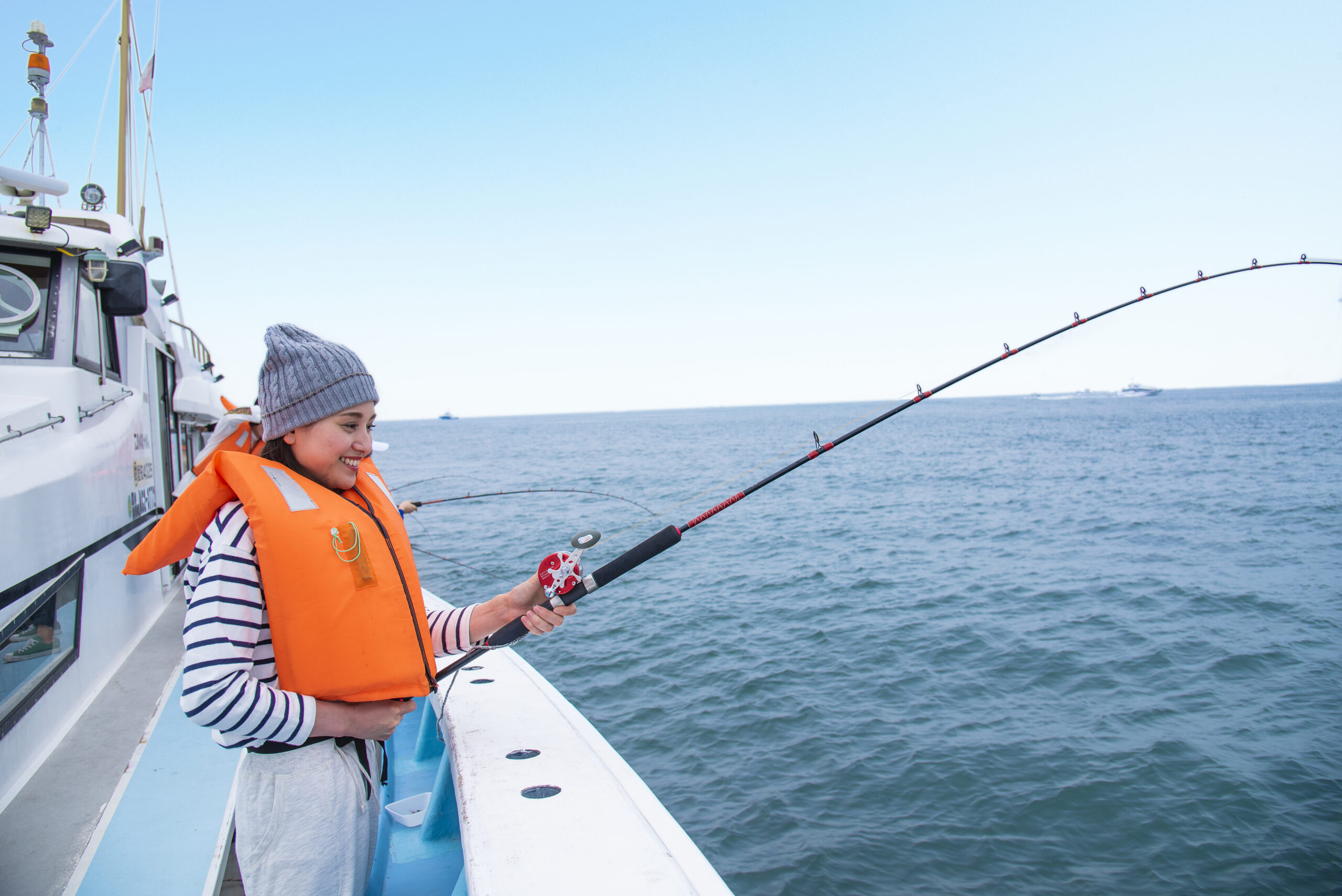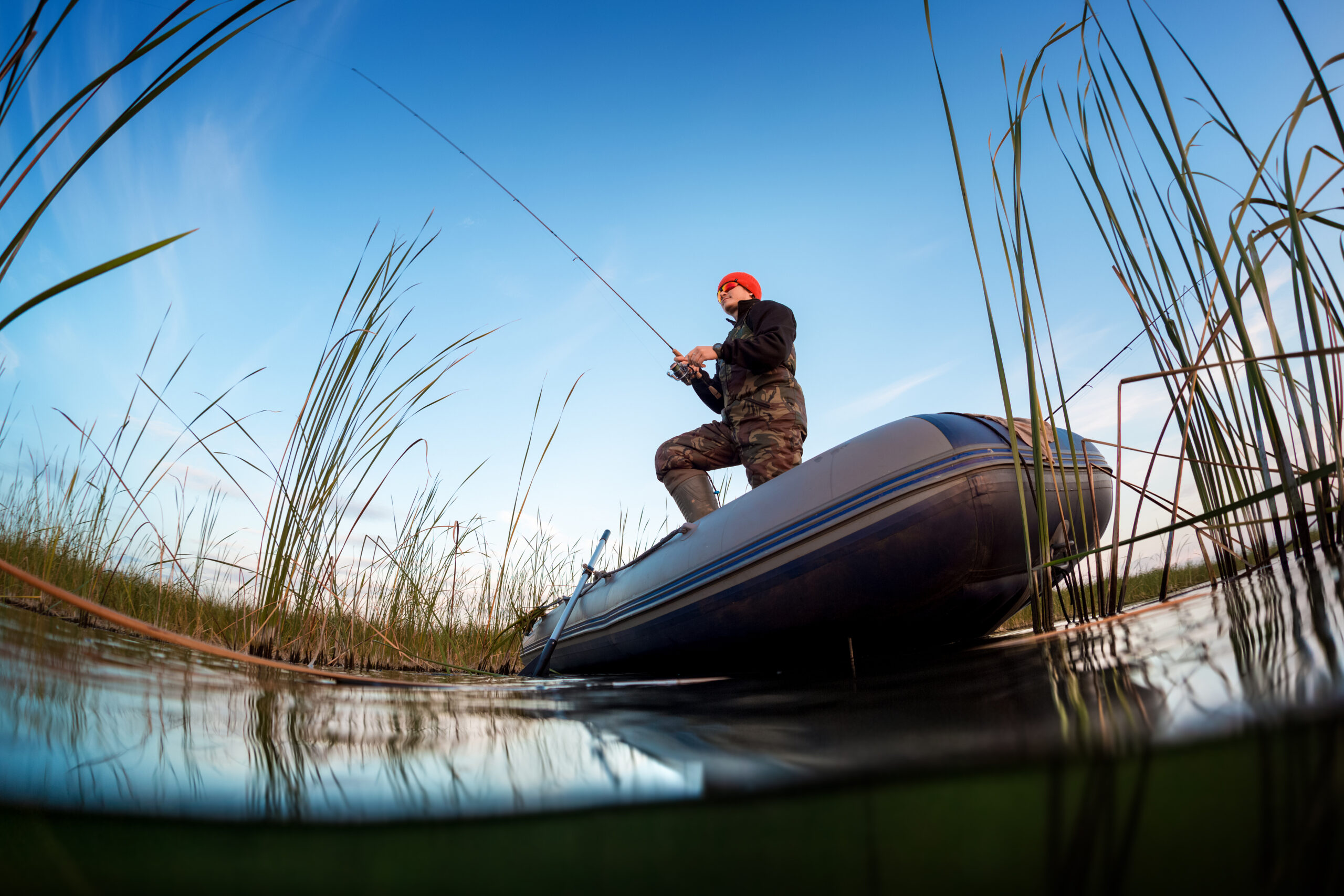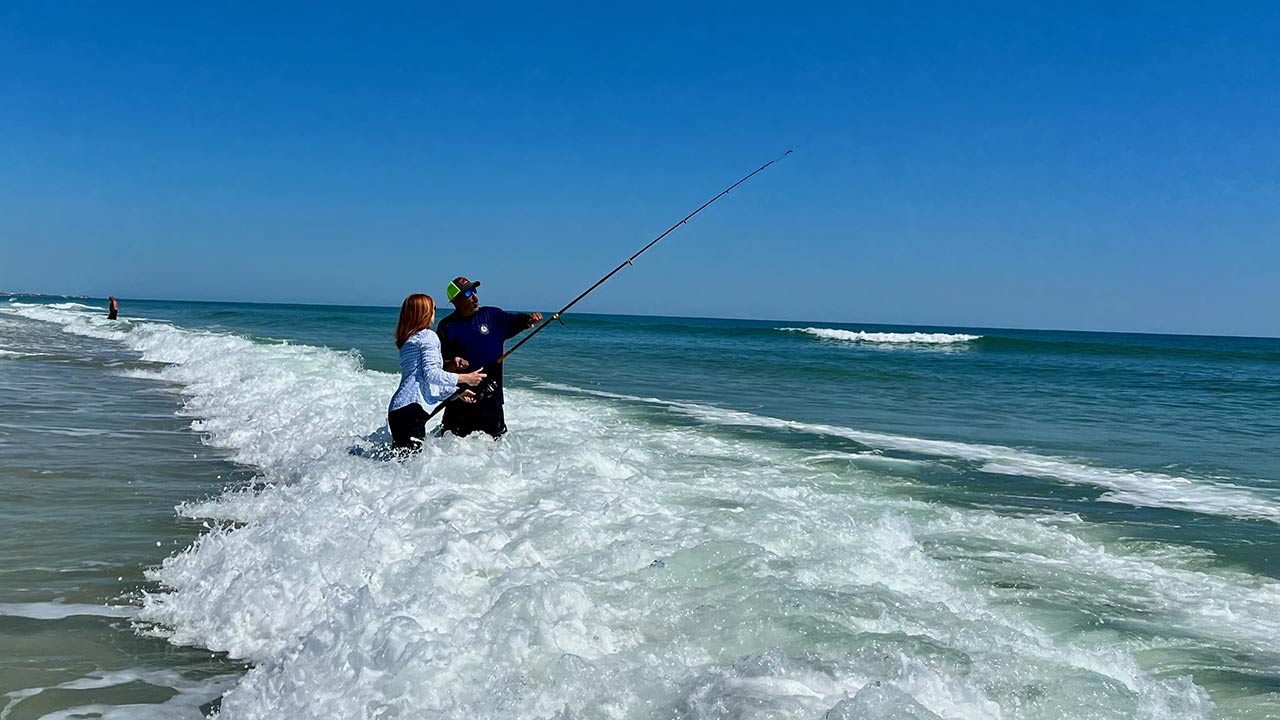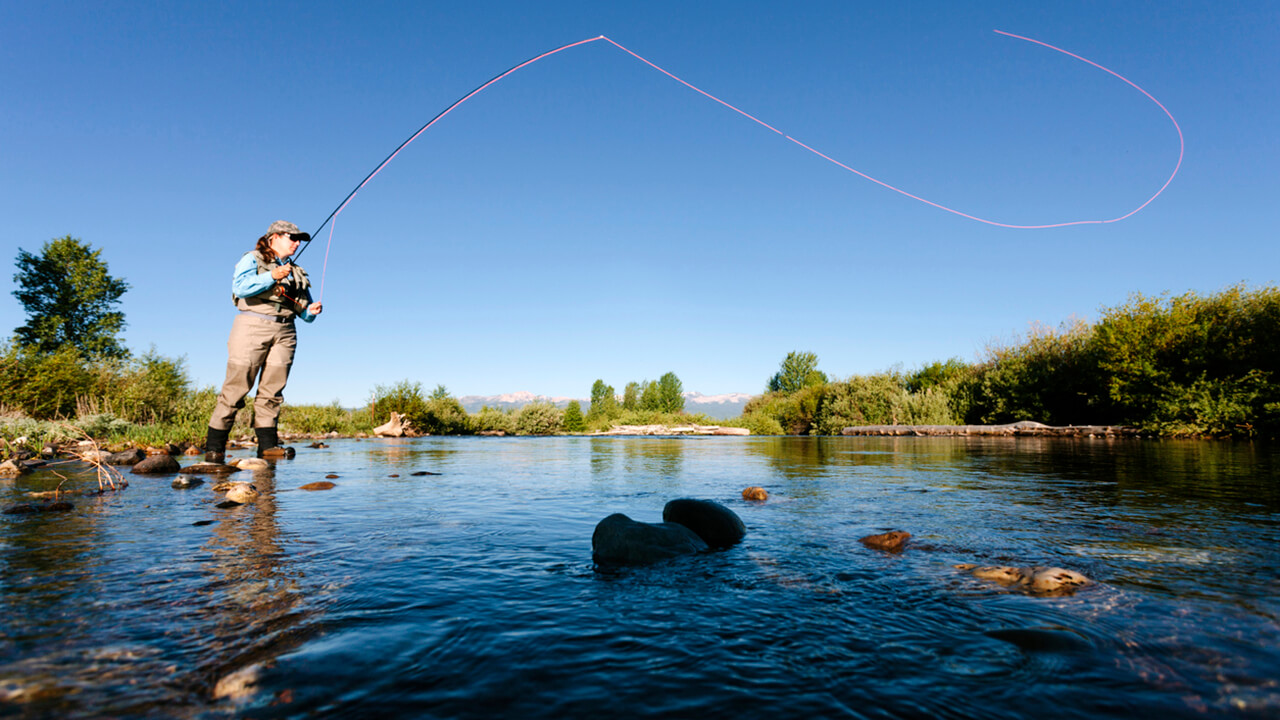Spring is a magical time for fly fishing enthusiasts. As the snow melts and the rivers begin to warm, trout and other game fish become more active, making it the perfect time to get out on the water. With the right techniques, gear, and knowledge of fish behavior, you can land some truly impressive catches during the spring season. This guide will walk you through essential spring fly fishing techniques, helping you target and hook the “big one” this season.
1. Understanding Spring Fish Behavior
Spring brings a shift in fish behavior, as the warming water temperatures make fish more active after the sluggish cold months of winter. For many species, spring is a time when they begin their spawning migrations. During this time, fish like trout, bass, and salmon move closer to shallow waters where food is abundant.
In particular, trout species, including brown and rainbow trout, are more active during the spring months. They’re hungry and eager to feed on the hatches that come with rising water temperatures. This makes spring an excellent time for fly fishing, especially when you consider that fish are looking for food near the surface.
Spring also brings more rain, which means higher, faster-moving water in rivers and streams. This can make casting and catching trickier, but it also opens up opportunities to fish areas that are usually too shallow during other seasons. Fish may be more concentrated in certain areas due to changes in water flow, so it’s important to be strategic in your approach.
2. Match the Hatch: Choosing the Right Flies
One of the most important concepts in spring fly fishing is matching the hatch. Hatches occur when large groups of aquatic insects emerge from the water, and trout and other fish take advantage of this plentiful food source. As a fly angler, your job is to present flies that mimic the insects hatching in the water at any given time.
- Caddisflies: These insects are common in spring, especially in rivers and streams with faster currents. Caddis nymphs and dry flies are great options to match this hatch. Fish love to feed on the pupating caddisflies, so be sure to have a variety of sizes and colors in your fly box.
- Mayflies: Mayflies are another frequent spring hatch, and you’ll often find them in the shallow riffles and runs. They tend to hatch during the early morning or late evening, making these the best times to fish with mayfly imitations. Look for emergers, nymphs, and dry flies that resemble these delicate insects.
- Stoneflies: Stoneflies are active in spring, especially in colder water. These larger insects often hatch in faster-moving water, making them ideal for fishing in spring rivers with higher flows. Use stonefly nymphs or dry flies that replicate their distinct shape.
- Midges: Even though they’re more common in winter, midges can still be found in abundance during spring, especially in areas with slower-moving water. Midge larvae and adults should be part of your spring fly collection. A small, well-presented midge dry fly can entice a big fish in the spring.
- Streamers: If you’re targeting larger fish like brown trout or bass, streamers are a great option. Streamers imitate baitfish like minnows or smaller aquatic creatures. In spring, fish are feeding heavily and streamers can work well as they move through fast water or along riverbanks.
3. Techniques for Spring Fly Fishing
Spring fly fishing comes with its own set of challenges, but with the right techniques, you can have a productive day on the water. Here are some of the most effective methods for fishing during the spring season:
- Nymphing: This is one of the most effective techniques during the spring, especially when fish are feeding primarily on nymphs or larvae. Nymphing involves presenting your fly below the surface and drifting it naturally with the current. The key to successful nymphing is understanding the depth of the water and adjusting your rig accordingly. Use indicators to track your drift, and make sure to vary your retrieves to match the current.
- Dry Fly Fishing: In the spring, dry fly fishing can be incredibly productive, especially when there’s an active hatch. Once you spot rising fish, make sure to cast your dry fly in the feeding lanes and present it gently. Fish are more likely to strike a well-placed, natural-looking dry fly. Patience is key—wait for the fish to rise and feed before making your cast.
- Swinging Streamers: For those targeting larger trout, swinging streamers is a fantastic technique. Cast your streamer across the current and let it swing downstream. This imitates a struggling baitfish, making it an irresistible target for predators. Vary your retrieve speed to see what triggers the best strikes.
- Euro Nymphing: This method involves fishing with long, lightweight rods and a tight line to feel even the slightest bite. Euro nymphing is especially effective in spring when water levels are high and fish are hiding in deeper sections of the river. The technique requires precise casting and monitoring of the drift to ensure your fly stays close to the bottom, where the fish are feeding.
- Casting to Structure: In spring, fish will often seek out structure, such as submerged rocks, fallen trees, and drop-offs. When you spot structure, cast your fly close to it and allow your fly to drift naturally near the fish’s feeding zone. Pay close attention to where the fish are holding and adjust your casting accordingly.
4. Dealing with Spring Water Conditions
Spring waters can be tricky. Rain and runoff can make rivers and streams higher and faster, making casting more challenging. Here’s how to manage those spring water conditions:
- Adjust to High Water: In high, fast-moving water, fish often move closer to the banks or into slower-moving eddies. Use heavier flies or weighted nymphs to get your fly down to where the fish are holding. If fishing in deeper sections, try using a sink-tip line or adding split shot to your rig to help you reach the fish.
- Watch the Weather: Spring weather can be unpredictable. A cold snap can turn a hot bite into a sluggish one. If you’re fishing in colder water, slow down your presentation and use smaller, more subtle flies. Warmer weather means fish will be more active, and you can experiment with faster retrieves.
- Look for Shallows: After runoff, look for areas of the river or lake that are less affected by the fast-moving water. Shallow, slow sections can be prime places for fish to rest and feed.
5. Patience and Persistence
Spring fly fishing can sometimes test your patience. Hatches don’t always happen as expected, and fish don’t always cooperate. It’s important to remain patient and be willing to experiment with different techniques, flies, and locations. Whether it’s casting a streamer through a deep pool or nymphing a riffle, persistence is key to success.
Conclusion
Spring fly fishing is an exhilarating way to experience the season, and with the right techniques, you can target some of the biggest fish of the year. By understanding the behavior of fish, matching the hatch, and using the right methods, you’ll increase your chances of landing that prized catch. Whether you’re casting dry flies to rising trout or swinging streamers for big browns, spring provides an excellent opportunity to refine your skills and enjoy the beautiful outdoors. Get out there, stay patient, and enjoy all that spring fly fishing has to offer!

